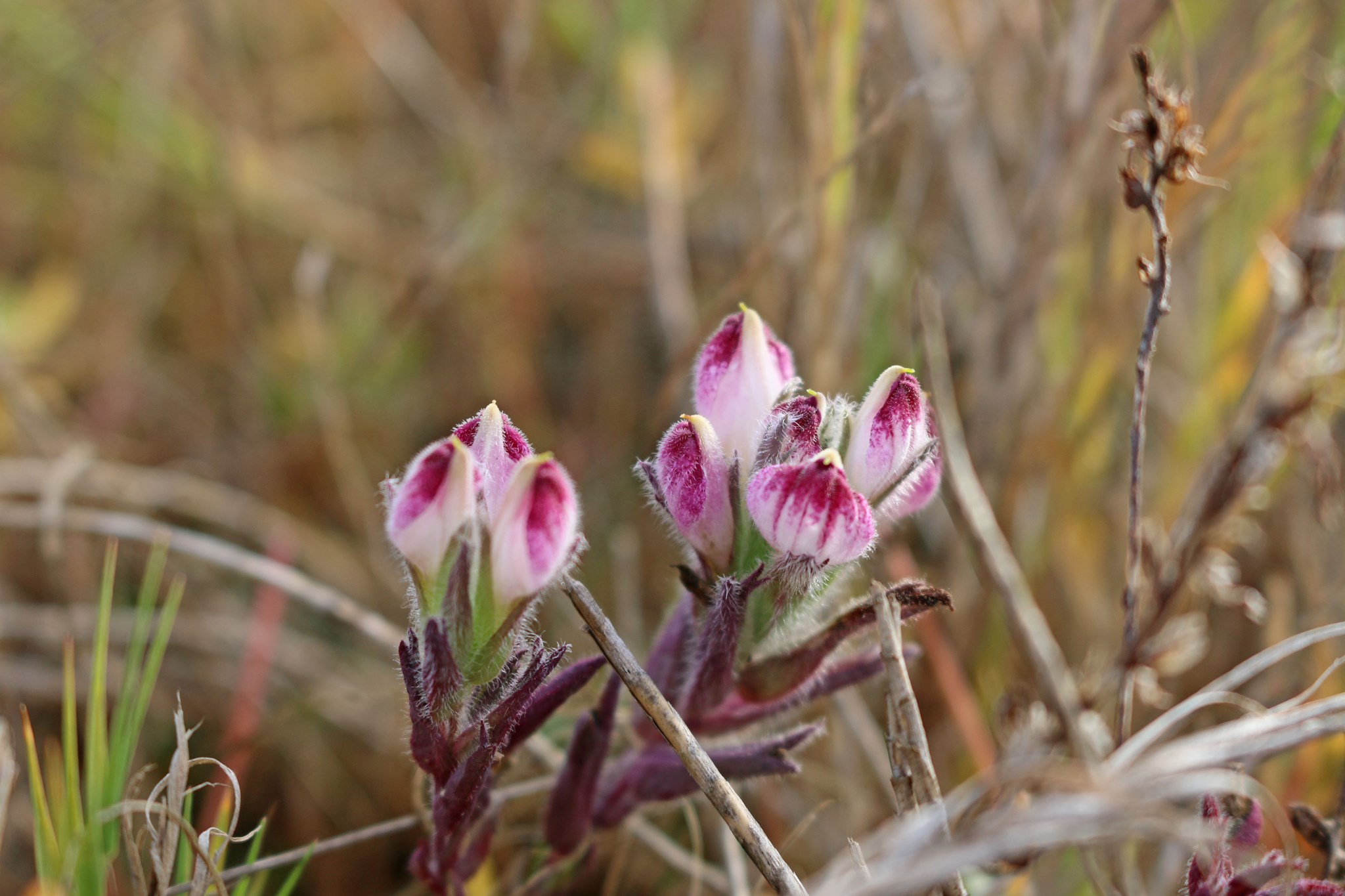Point Reyes bird's beak on:
[Wikipedia]
[Google]
[Amazon]
 ''Chloropyron maritimum'' is a rare species of flowering plant in the family
''Chloropyron maritimum'' is a rare species of flowering plant in the family
Jepson Manual TreatmentUSDA Plants ProfilePhoto gallery
{{Taxonbar, from=Q17715355, from2=Q5170099 Orobanchaceae Halophytes Flora of California Flora of Baja California Flora of the Great Basin Flora of the Southwestern United States Flora without expected TNC conservation status
 ''Chloropyron maritimum'' is a rare species of flowering plant in the family
''Chloropyron maritimum'' is a rare species of flowering plant in the family Orobanchaceae
Orobanchaceae, the broomrapes, is a family of mostly parasitic plants of the order Lamiales, with about 90 genera and more than 2000 species. Many of these genera (e.g., ''Pedicularis'', ''Rhinanthus'', ''Striga'') were formerly included in th ...
known by the common names salt marsh bird's beak and Point Reyes bird's beak, depending on the specific subspecies. It was formerly classified as ''Cordylanthus maritimus''.
Distribution and habitat
It is native to the Southwestern United States and northernBaja California
Baja California (; 'Lower California'), officially the Free and Sovereign State of Baja California ( es, Estado Libre y Soberano de Baja California), is a state in Mexico. It is the northernmost and westernmost of the 32 federal entities of Mex ...
. This is a halophyte
A halophyte is a salt-tolerant plant that grows in soil or waters of high salinity, coming into contact with saline water through its roots or by salt spray, such as in saline semi-deserts, mangrove swamps, marshes and sloughs and seashores. Th ...
which grows in areas of high salt concentrations, including coastal salt marsh
A salt marsh or saltmarsh, also known as a coastal salt marsh or a tidal marsh, is a coastal ecosystem in the upper coastal intertidal zone between land and open saltwater or brackish water that is regularly flooded by the tides. It is domin ...
es and the inland salt flats Salt flats, Salt flat, Salt Flats, or Salt Flat may refer to: Geology
*Salt pan (geology), a flat expanse of ground covered with salt and other minerals
*Dry lake, an ephemeral lakebed that consists of fine-grained sediments infused with alkali salt ...
of the Great Basin. It is hemiparasitic, such that it is greenish and has chlorophyll but also parasitizes other plants by inserting haustoria
In botany and mycology, a haustorium (plural haustoria) is a rootlike structure that grows into or around another structure to absorb water or nutrients. For example, in mistletoe or members of the broomrape family, the structure penetrates th ...
into their roots to tap nutrients.
Description
This plant grows in low clumps and has small, thick, gray-green hairy leaves often tinted with purple. It concentrates and excretes salts, giving its foliage a grainy crust. It erects aninflorescence
An inflorescence is a group or cluster of flowers arranged on a Plant stem, stem that is composed of a main branch or a complicated arrangement of branches. Morphology (biology), Morphologically, it is the modified part of the shoot of sperma ...
several centimeters high which has many fuzz-covered white or cream club-shaped flowers with yellow or purplish tips. The fruit
In botany, a fruit is the seed-bearing structure in flowering plants that is formed from the ovary after flowering.
Fruits are the means by which flowering plants (also known as angiosperms) disseminate their seeds. Edible fruits in particu ...
is a capsule containing many brown net-textured (reticulate) seeds.
Endangered species
Two subspecies of this plant are considered endangered. ''Cordylanthus maritimus'' ssp. ''maritimus'' is listed as endangered by the State of California and the United States Government. ''Cordylanthus maritimus'' ssp. ''palustre'' (Point Reyes bird's beak) is included in theCalifornia Native Plant Society
The California Native Plant Society (CNPS) is a California environmental non-profit organization (501(c)3) that seeks to increase understanding of California's native flora and to preserve it for future generations. The mission of CNPS is to con ...
''Inventory of Rare and Endangered Plants of California
The ''CNPS Inventory of Rare and Endangered Plants of California'' is a botanical online database providing information on rare, threatened, and endangered California native plants. It is sponsored by the California Native Plant Society (CNPS). ...
''.
References
External links
Jepson Manual Treatment
{{Taxonbar, from=Q17715355, from2=Q5170099 Orobanchaceae Halophytes Flora of California Flora of Baja California Flora of the Great Basin Flora of the Southwestern United States Flora without expected TNC conservation status